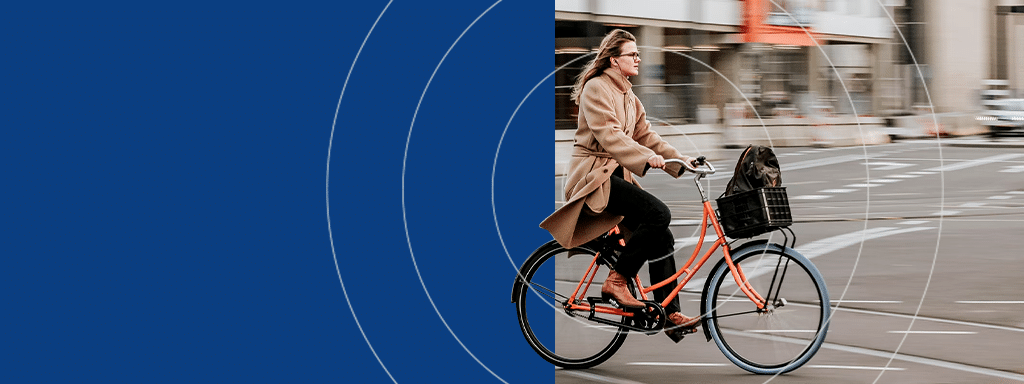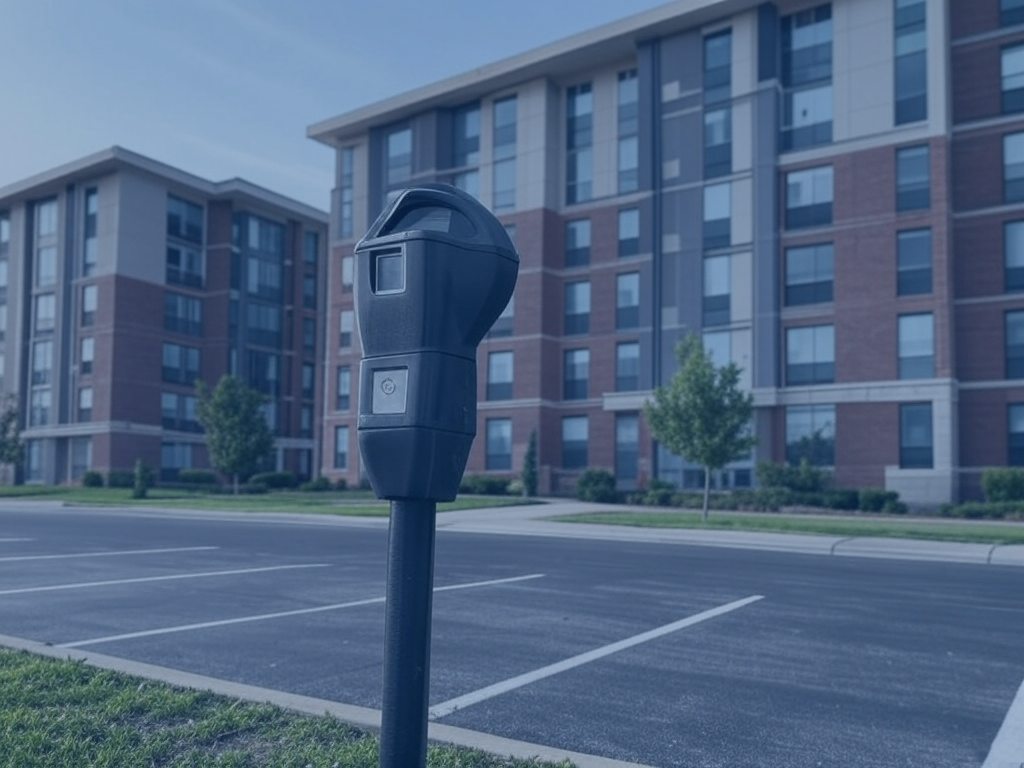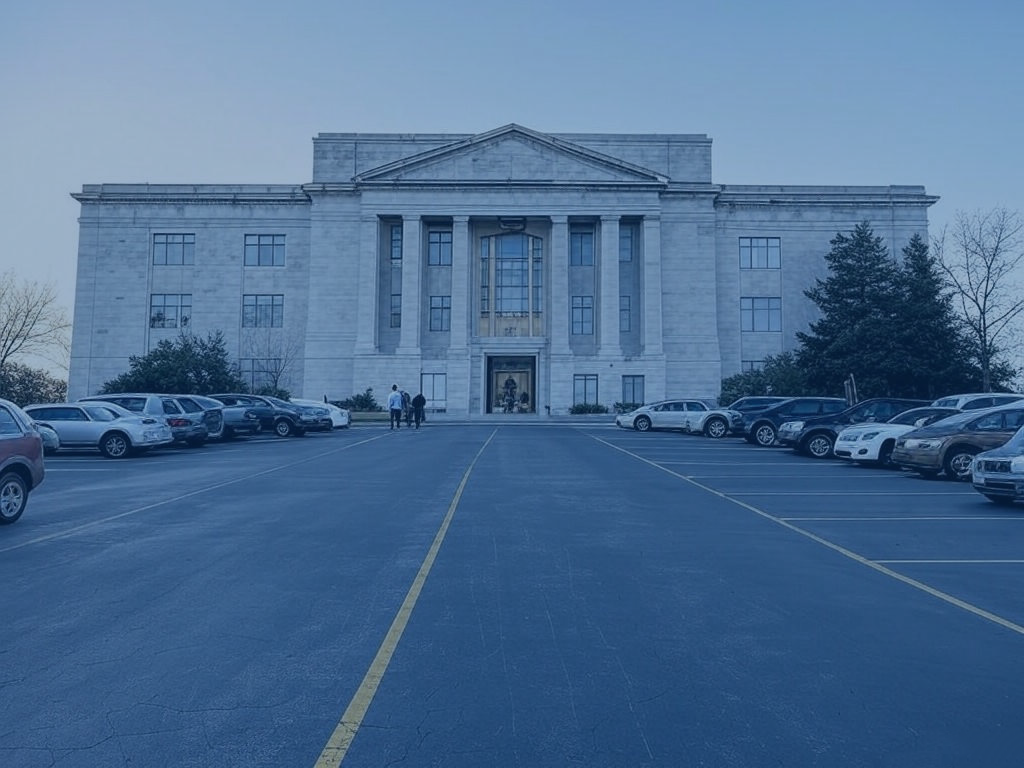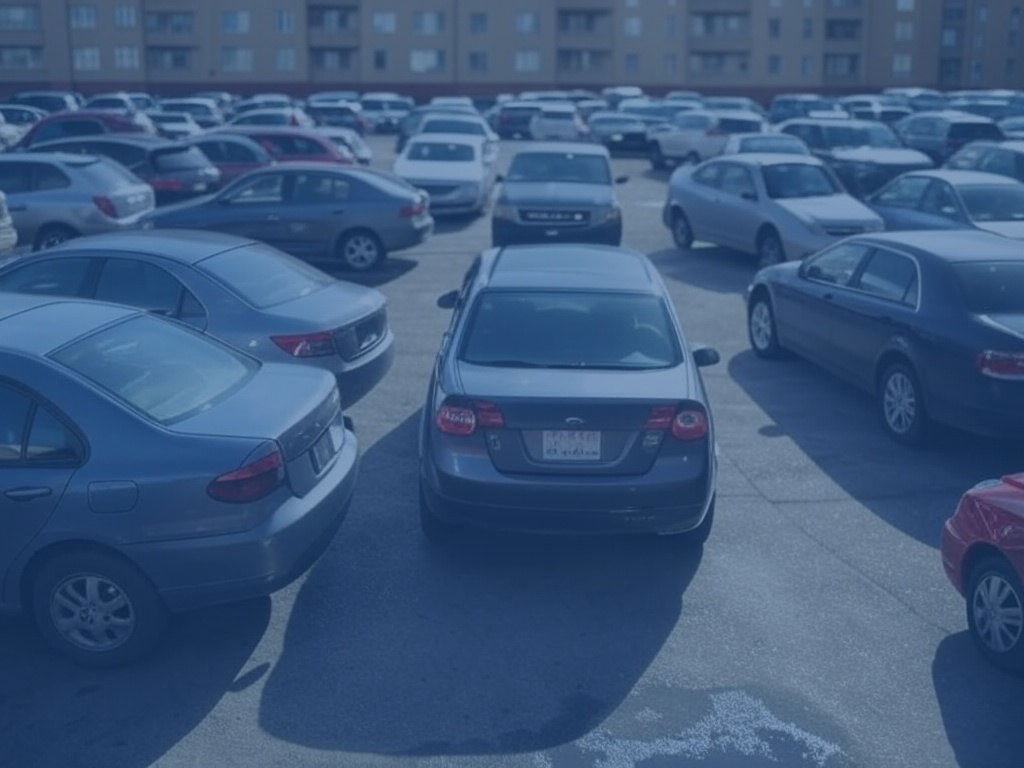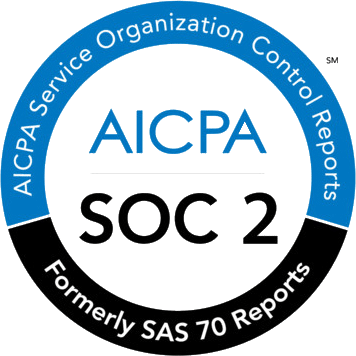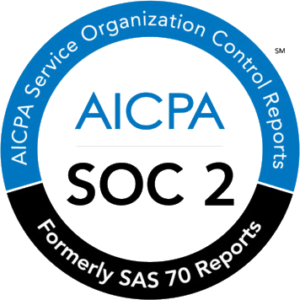Cultivating an ethos of biking to work is a priority for many companies. Cycling is good for the environment.
“It is cheaper for companies to provide bicycle storage facilities. It’s also good for your employees’ health.”
Want an in-depth guide on how to reduce car dependency check out our blog – The guide to reducing car dependency at work.
When looking to increase bike commuters, you should look at the following key areas:
Table of Contents
Toggle
Benefits of Biking To Work
Achieve your sustainability goals with parking management
Discover how Wayleadr's parking management can help you meet your sustainability goals
Learn MoreThe cost of a good commuter bike can be quite prohibitive for a lot of staff members. A good, durable bike will often cost more than €500.
Learn how software firm Version 1 reduced car commuting by up to 50%.
Many countries like Belgium offer biking to work tax subsidies. This makes it cheaper for employees to buy bicycles. Their Belgian Cycling Reimbursement Scheme has over 400,000 participants. This equates to 9% of the countries workforce.
“Regardless of government supports, companies can introduce their own internal schemes. Internal schemes can empower staff to buy discounted bicycles.”
Some companies go one step further and gift bikes and electric bikes to their staff.
Harnessing collective buying power enables you to negotiate excellent deals for staff. This ensures large savings for employees and while keeping costs lower for companies.
Benefits don’t need to stop at bicycles. Companies also support staff to get lights, helmets and any other necessary equipment.
Facilities Required For Biking To Work
Staff often quote two big barriers when it comes to growing bike commutes.
- They don’t want to be in work feeling sweaty after commuting on a bike.
- They worry about their bicycle being stolen due to inadequate facilities.
Shower Facilities:
Providing shower facilities for bike commuters can be a challenge. Particularly for smaller businesses or businesses who are operating out of older buildings.
Companies should look at the possibility of installing new shower facilities for staff. If this is not practical, there are other options.
Companies can partner with local businesses to gain access to their shower facilities.
Potential examples could include:
- A neighbourhood office block with shower facilities
- A local gym or leisure centre.
Often, when approached potential partners can be reluctant. But, if the financials make sense, you will find someone who will be happy to let your staff use their facilities. Especially, if the number of people isn’t going to be massive.
Storage Facilities:
Many cities have a bike theft problem. Places like London and New York are renowned for stolen bikes. It often doesn’t seem to matter how strong your lock is, bike thieves have an answer for almost everything.
“The key to bike safety is to ensure that all bicycles are stored in a secure space. Provide gated and underground areas with no external access except for bike users.”
Businesses think that a high wall in a gated courtyard is a enough deterrent, but this is often not the case.
We have found that bike lockers are growing in popularity & are now replacing bike racks. Storage lockers are quite compact and can be placed in the corner of a car park. They are much more secure than traditional bicycle rack and railings.
If you want cycling to be a sustainable option for your employees, bicycle theft must be avoided. Otherwise, people will get nervous and leave the bike at home.
Safety
Another big worry for staff is safety. Buses, taxis and cars flying around make people nervous when cycling to work. Often nerves originate from previous negative experience or lack of experience.
“Overcome these safety concerns and increase the comfort around city centre cycling. Organise team building excercises and bring the team on city cycling tours.”
Help staff realise that responsible city cycling can be safe. A survey of 1,600 cyclists from Texas revealed that 70% of riders felt bicycling is dangerous in terms of traffic accidents
Biking To Work Innovations
So you’ve done all the above, but haven’t seen any great change in your staff’s commuter patterns? What else can you do? The good news is that there are lots of innovations to replicate. These will bring your company past the tipping point you crave.
Bike-Sharing:
Bike-sharing is big business for many local governments. Shared bike schemes have become popular and visible across the world.
For many staff members, they aren’t perceived to be dependable. You can’t always guarantee a bike will be there when you need it. Additionally, finding somewhere to park the bike can sometimes be a challenge.
Overcome these challenges and introduce your own bicycle sharing scheme.
“Provide a couple of spare bikes at the office for communal usage. Grow your stock into a fully fledged fleet as demand grows”
Go one step further and use internal bicycle schemes as a marketing opportunity. Brand your company bicycles. This increase brand visibility and reinforces the companies commitment to sustainability.
Park & Bike:
Multimodal transport is a buzzword when it comes to employee mobility. Multimodal transport is when your staff uses more than one medium of transport to get to work.
This could be as simple as walking to the bus stop, getting the bus and then walking from the bus stop to the office.
Multimodal transport is becoming a popular style of transportation for commuters. This opens up possibilities for employee mobility.
“Offset insufficient parking facilites and poor public transport links through Park & Bike”
Companies work with local car park owners to locate nearby parking facilities. Shared bicycle facilities are then installed in the parking facilities. Companies then offer employees discounted or free parking at the site of the Park & Bike.
Cycling Fitness Challenges:
With obesity being an issue which affects 30% of the global population, fitness is a major worry for a lot of staff. For beginners, the prospect their first bike commute can be very daunting.
“A great way to overcome this is to run “Couch to 20K Cycling” challenges for local charities.”
You can further this initiative by running training groups during lunchtime. In the end, the challenge will help your staff have fun while reaping health benefits. This, in turn, has the added benefit of creating a habit of cycling in the process.
Bicycle Maintenance Workshop:
Coming out of the office after a long, hard day to realise you have a puncture in your tyre is a horrible feeling.
“Some employers with 1000s who bike to work have on-site maintenance workshops.”
Workshops can be self-serving with all the equipment needed to repair a bicycle. Companies provide regular workshops to ensure staff keep their bicycles roadworthy.
Employers can go one step further by employing bicycle mechanics. These experts provide servicing and repairs to staff on-site, often free of charge.
Looking to encourage walking or running, check out our handy guides.
Parking management isn’t the only lever available to move the dial. Discover how the wider proptech movement can help or how to boost public transport usage at your business.
Wayleadr is trusted by world-leading employers like Uber, Universal Music, CBRE, eBay, Sanofi & Colliers International. Schedule a demo with Wayleadr.com today and solve your parking problems in the click of a button.
